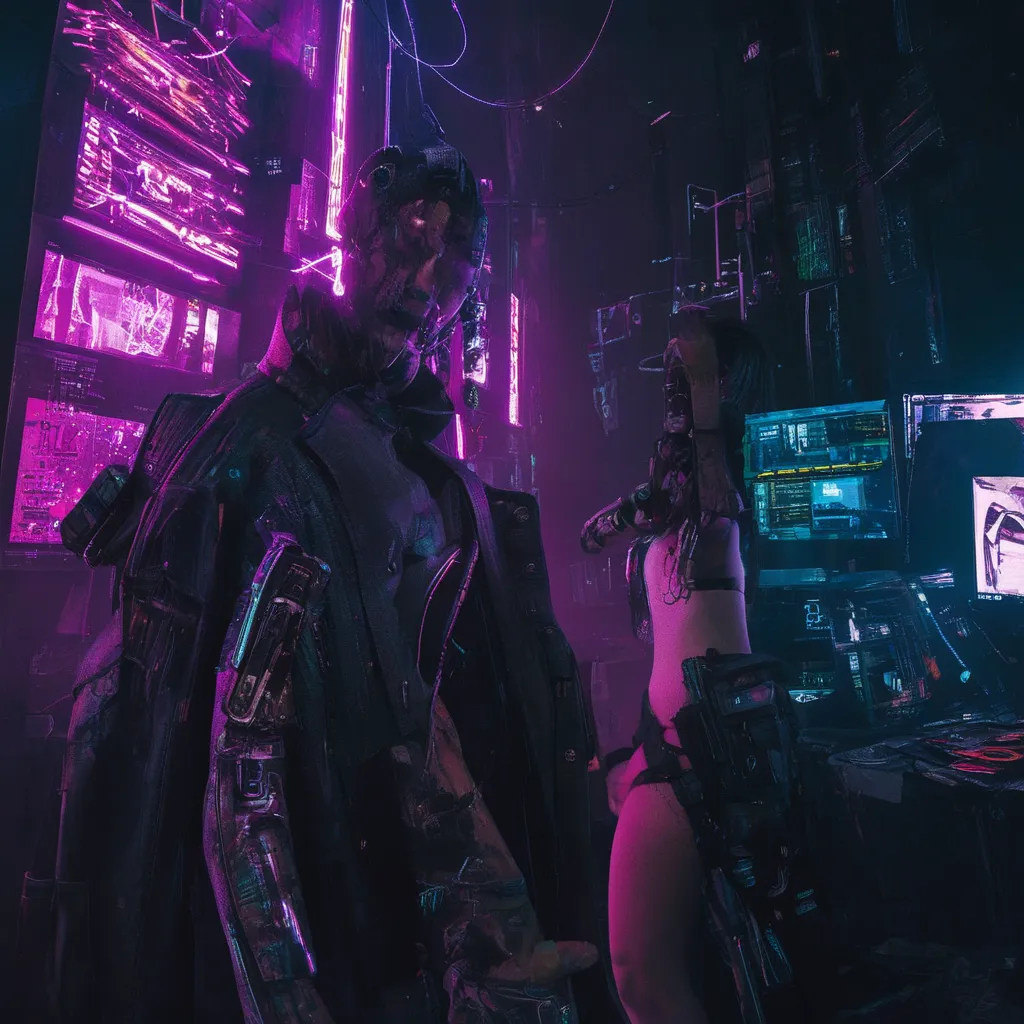

Balancing Experimentation with Refinement: The Art of Growth
As an emerging artist,, it’s easy to get caught up in the thrill of creative exploration. We’re constantly seeking new ways to express ourselves, push boundaries, and innovate within our chosen medium. However, as we delve deeper into our craft, it’s essential to strike a balance between experimentation and refinement. In this article, we’ll explore the importance of finding harmony between these two crucial aspects of artistic growth.
The Allure of Experimentation
Experimentation is the lifeblood of creativity. It allows us to take risks, challenge ourselves, and stumble upon unexpected breakthroughs. When we experiment, we open ourselves up to new possibilities, techniques, and styles that can elevate our work and set us apart from others. Without experimentation, art would stagnate, and progress would come to a standstill.
The Necessity of Refinement
While experimentation is crucial for growth, refinement is equally important for honing our craft. Refinement involves perfecting our techniques, editing our work, and ensuring that every element contributes to the overall vision. It’s the process of taking our raw ideas and shaping them into cohesive, polished pieces that resonate with our audience.
The Dangers of Imbalance
So, what happens when we lean too heavily towards one side or the other? When we focus solely on experimentation, our work may become disjointed, lacking in coherence, and difficult to follow. On the other hand, if we’re overly focused on refinement, we risk stifling our creativity, playing it too safe, and producing work that’s predictable and unoriginal.
Strategies for Balance
So, how can we achieve this delicate balance between experimentation and refinement? Here are a few strategies to get you started:
- Set aside time for exploration: Allocate specific days or weeks for pure experimentation, where you can freely explore new techniques, mediums, or styles without worrying about the outcome.
- Create with intention: When working on a project, establish clear goals and objectives. This will help you stay focused on refining your craft while still leaving room for creative freedom.
- Practice iterative refinement: Break down your work into smaller components and refine each element incrementally. This process of continuous iteration will help you strike a balance between experimentation and polish.
- Seek feedback and critique: Share your work with others, whether it’s through online communities, workshops, or one-on-one mentorship. Constructive criticism can help you identify areas that require refinement while also encouraging you to take risks and experiment.
- Embrace failure as a learning opportunity: Remember that experimentation often involves taking risks and facing failures. Instead of getting discouraged, use these setbacks as chances to learn and refine your approach.
Conclusion
Balancing experimentation with refinement is an ongoing process that requires patience, self-awareness, and dedication. By acknowledging the importance of both aspects and implementing strategies to harmonize them, we can unlock our full creative potential and produce work that’s innovative, polished, and truly remarkable.
As you continue on your artistic journey, remember that growth is a continuous cycle of exploration, refinement, and iteration. Embrace the beauty of this balance, and watch your craft flourish as a result.
Help your friends to become a better version of themselves by sharing this article with them:
